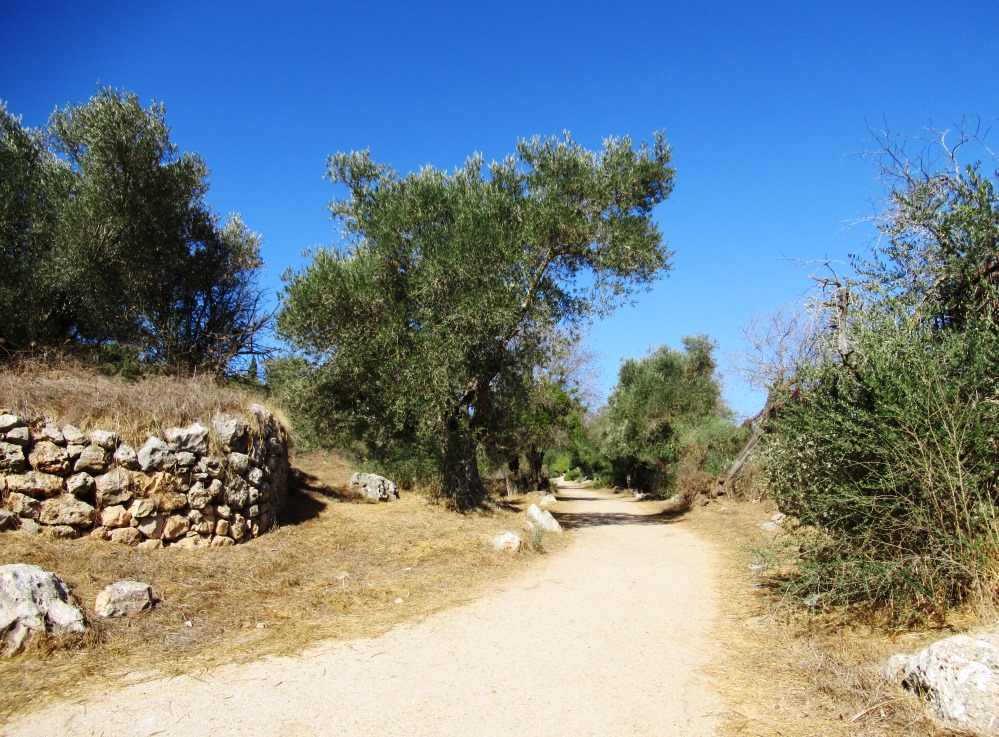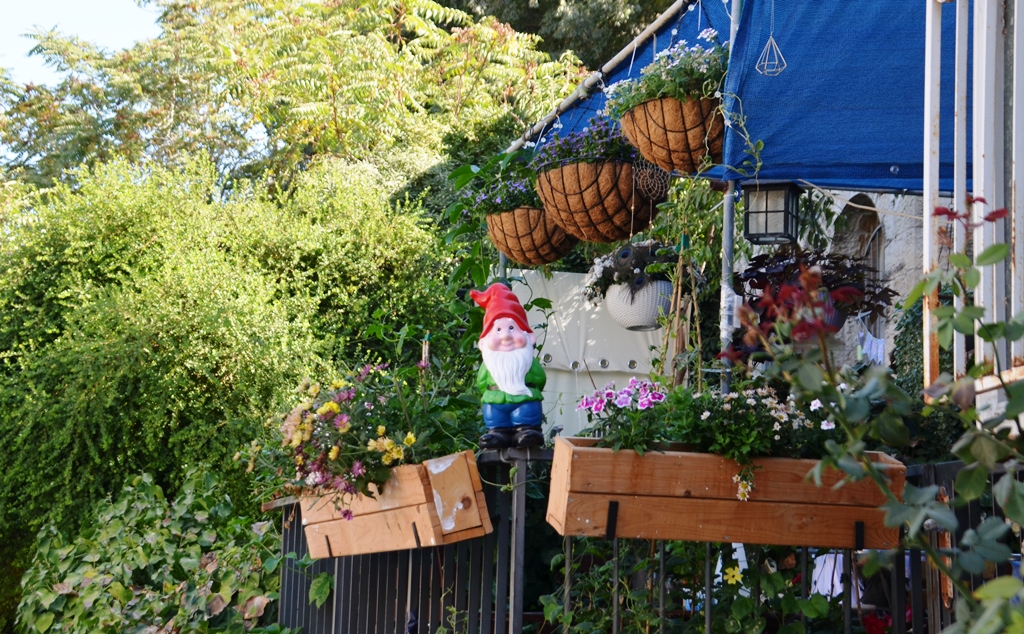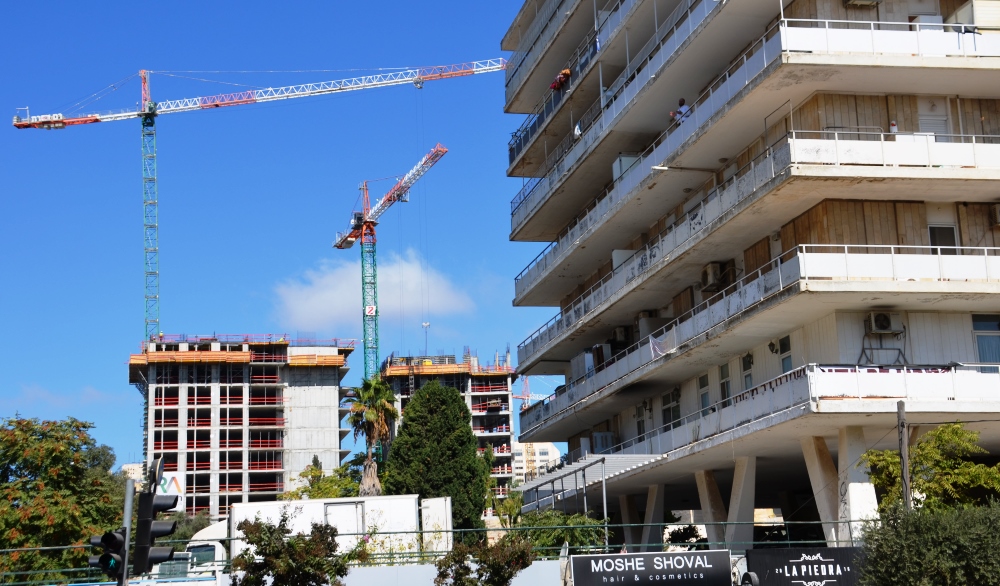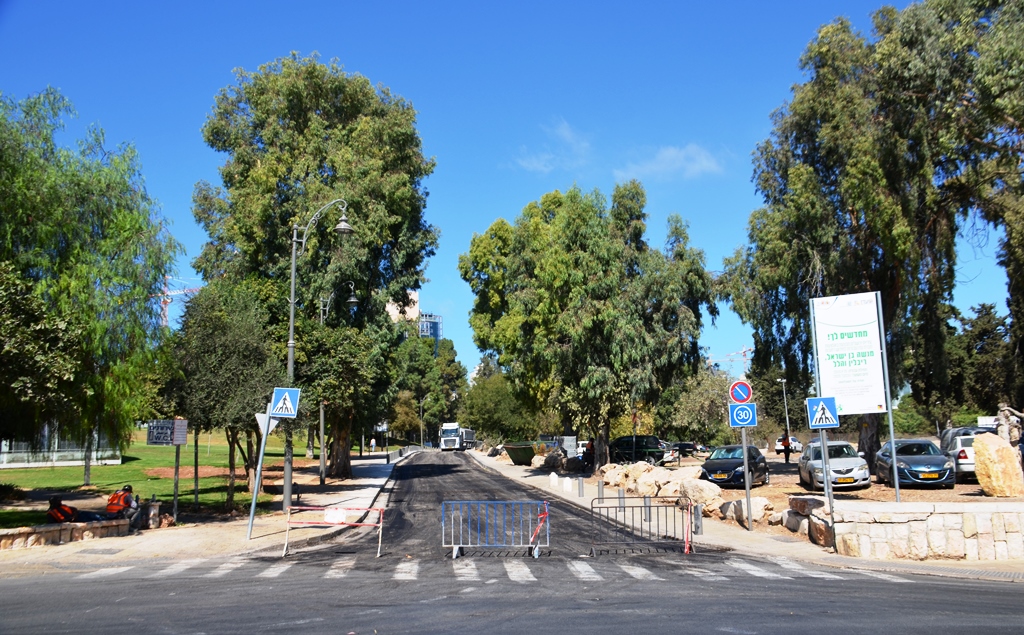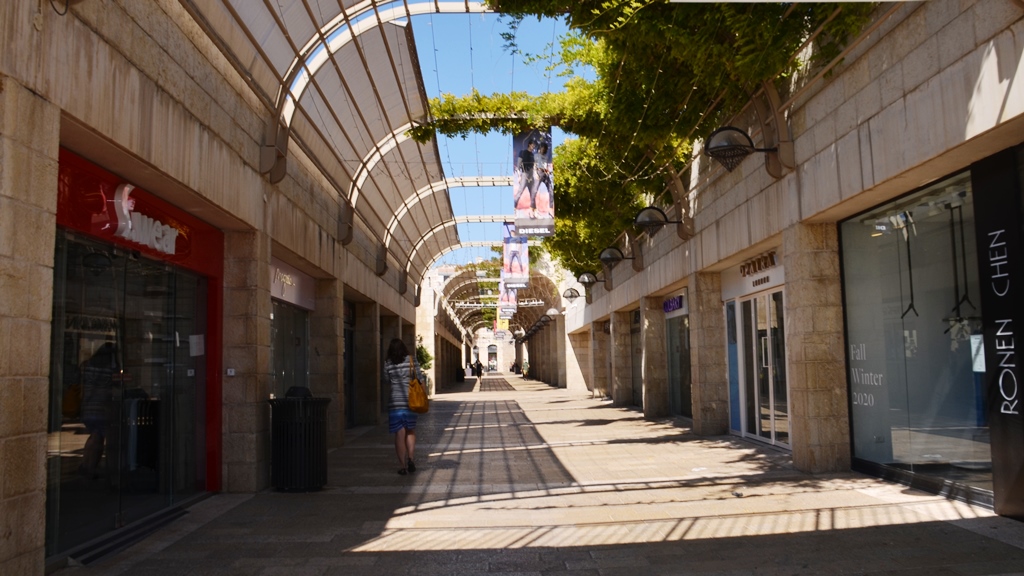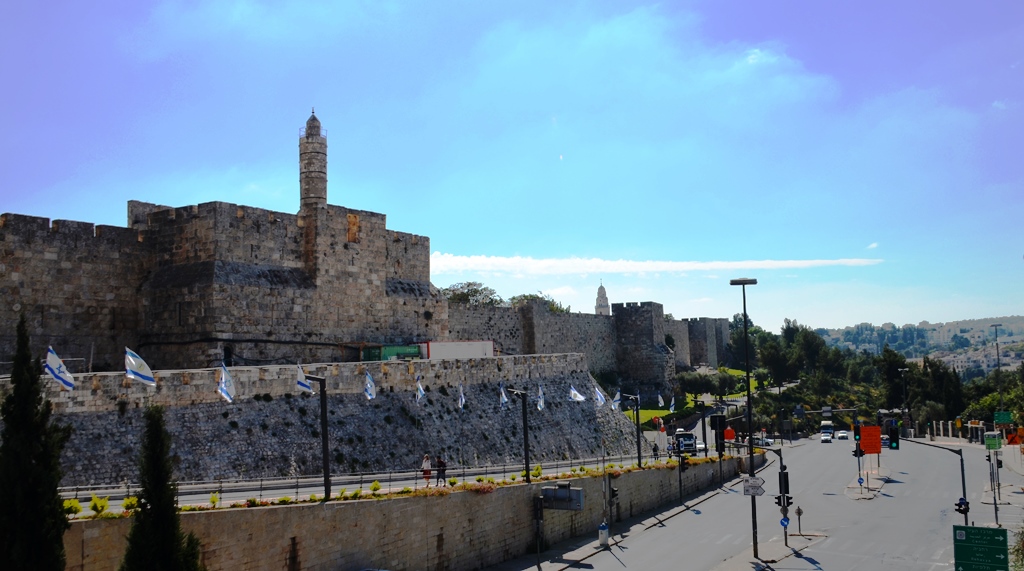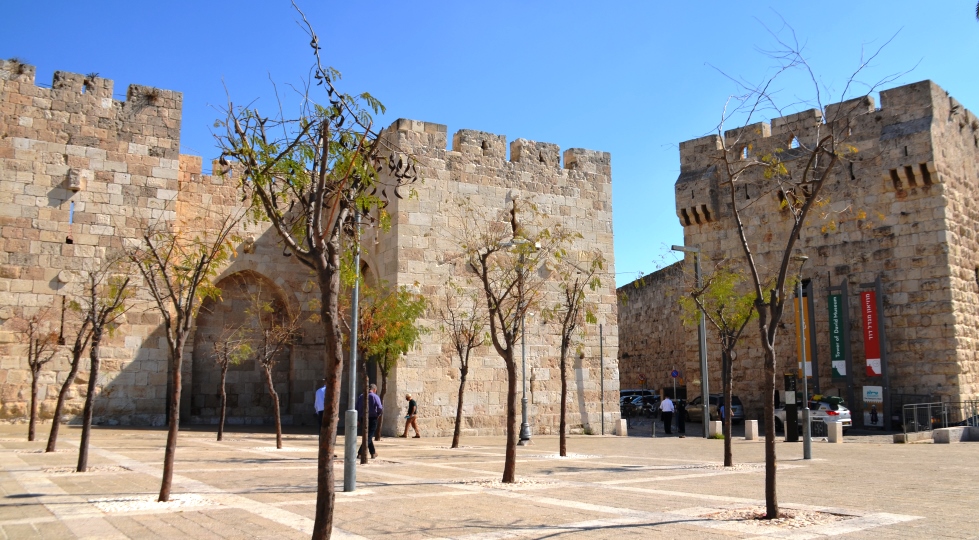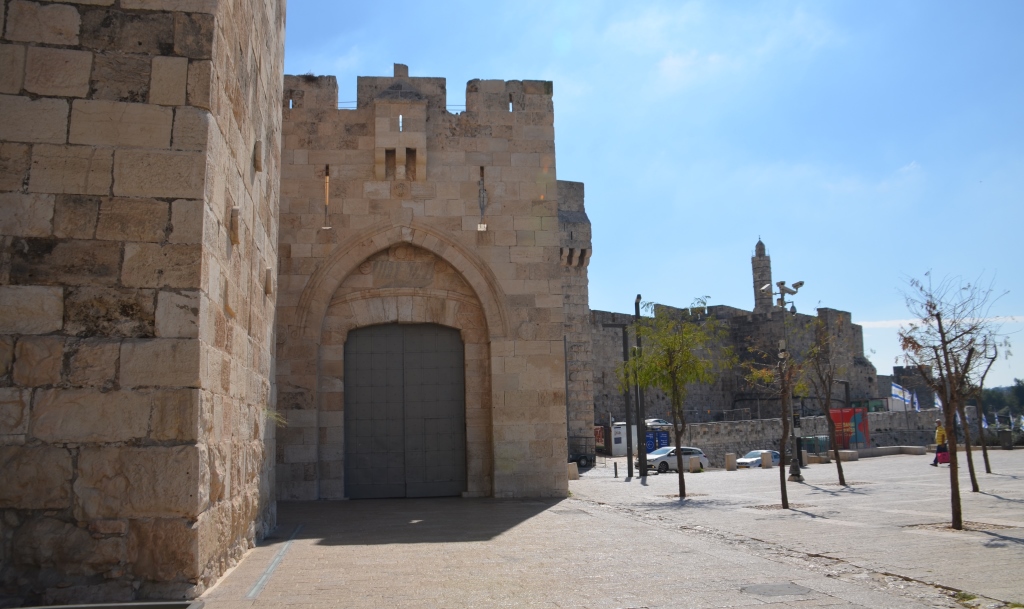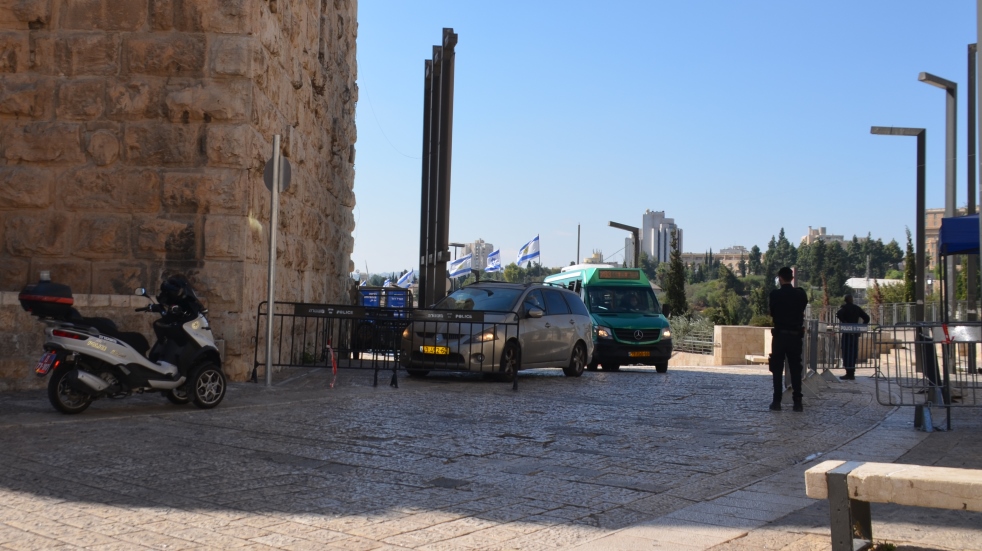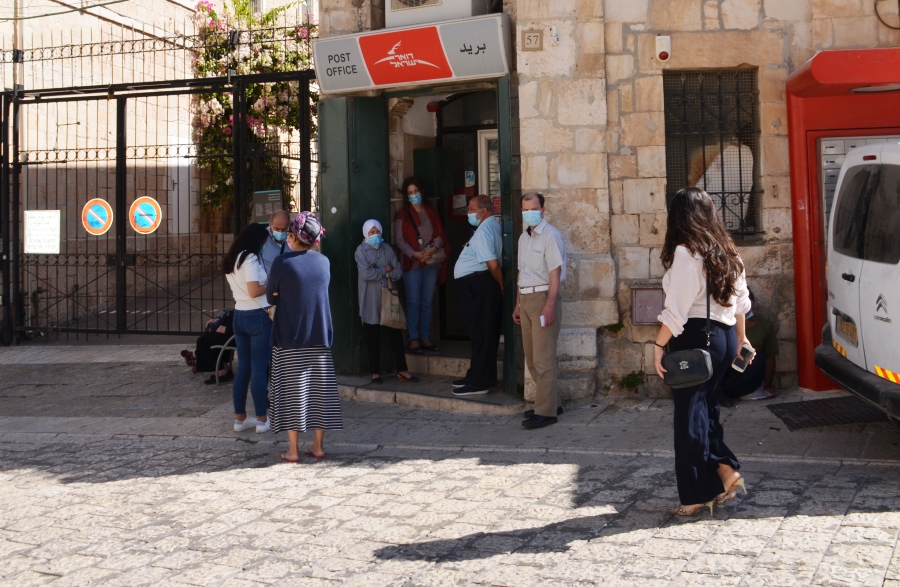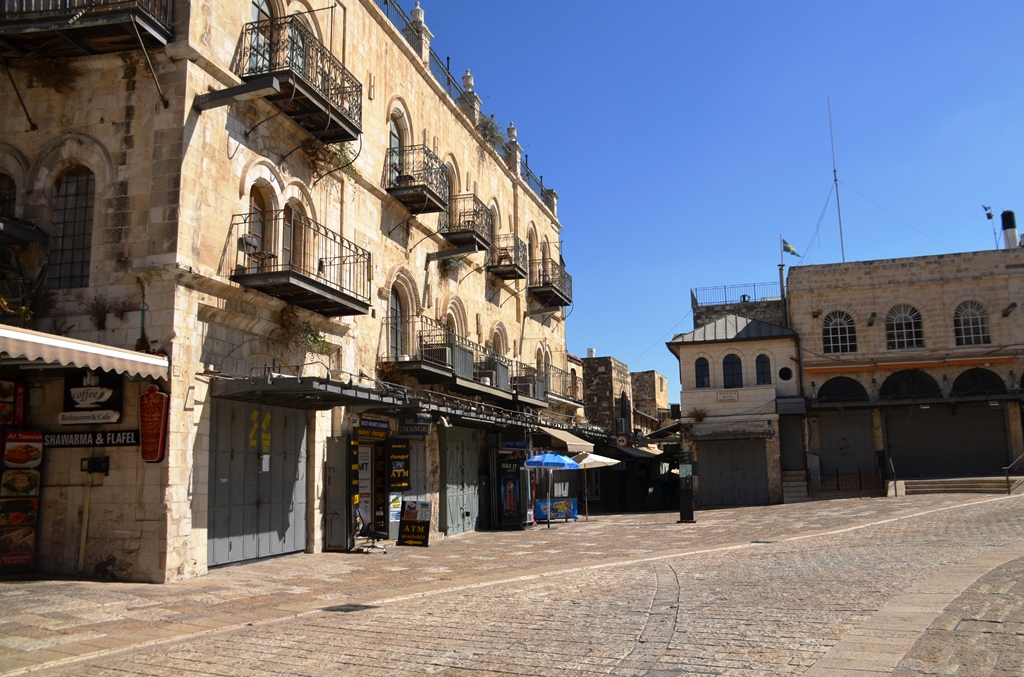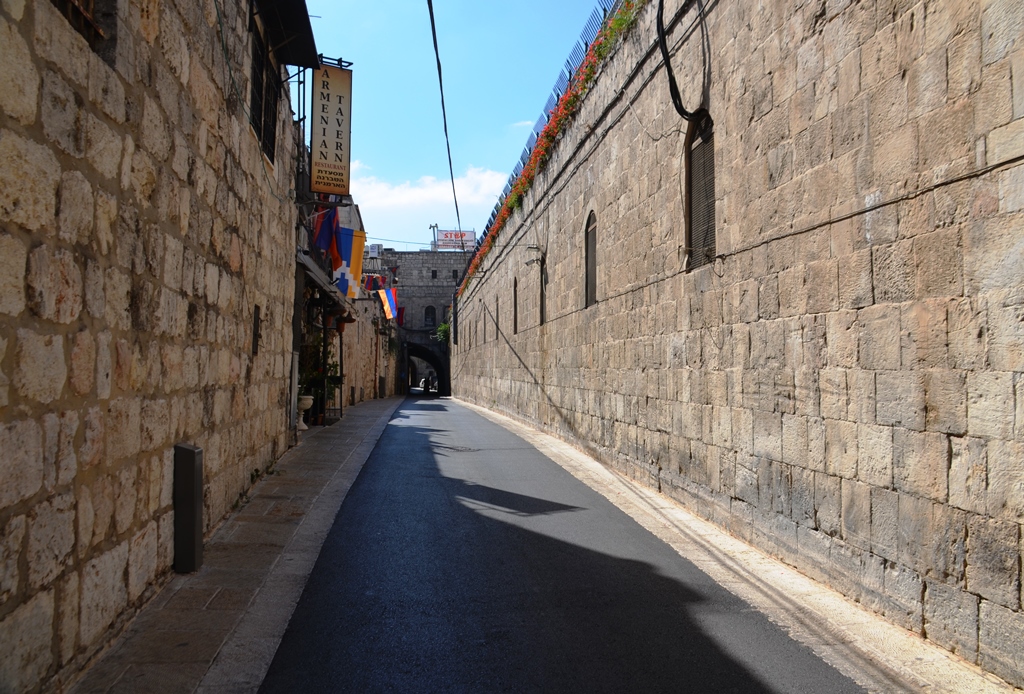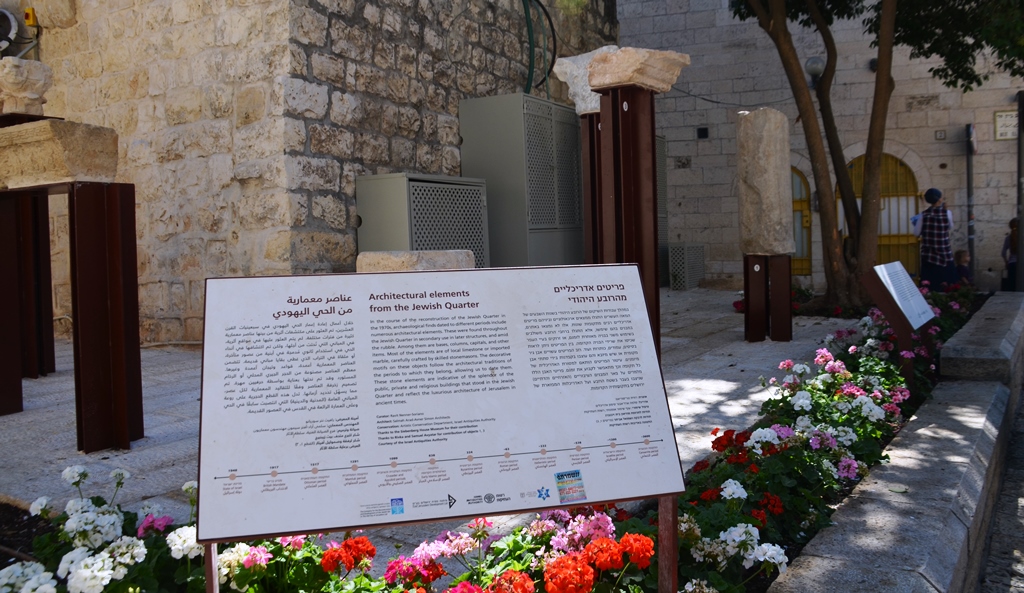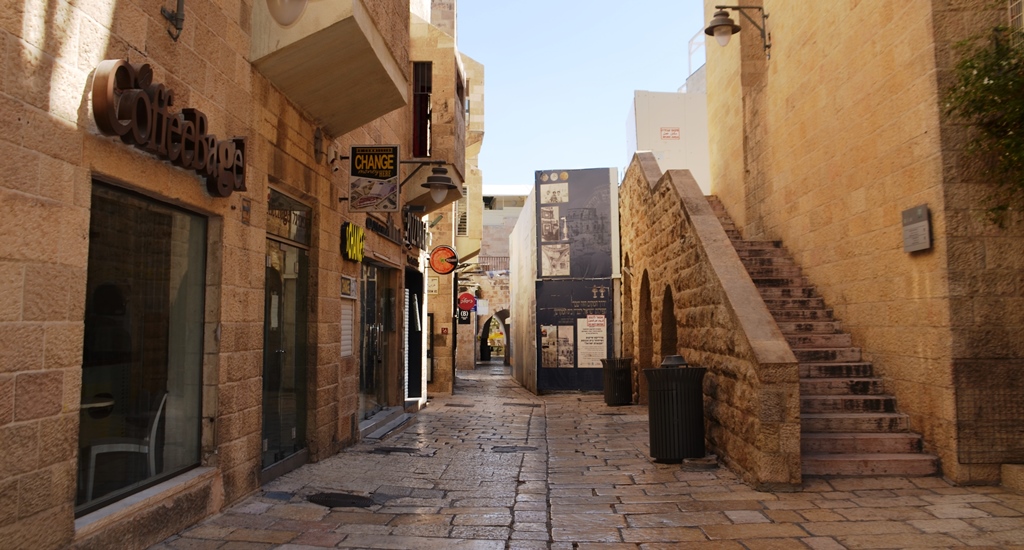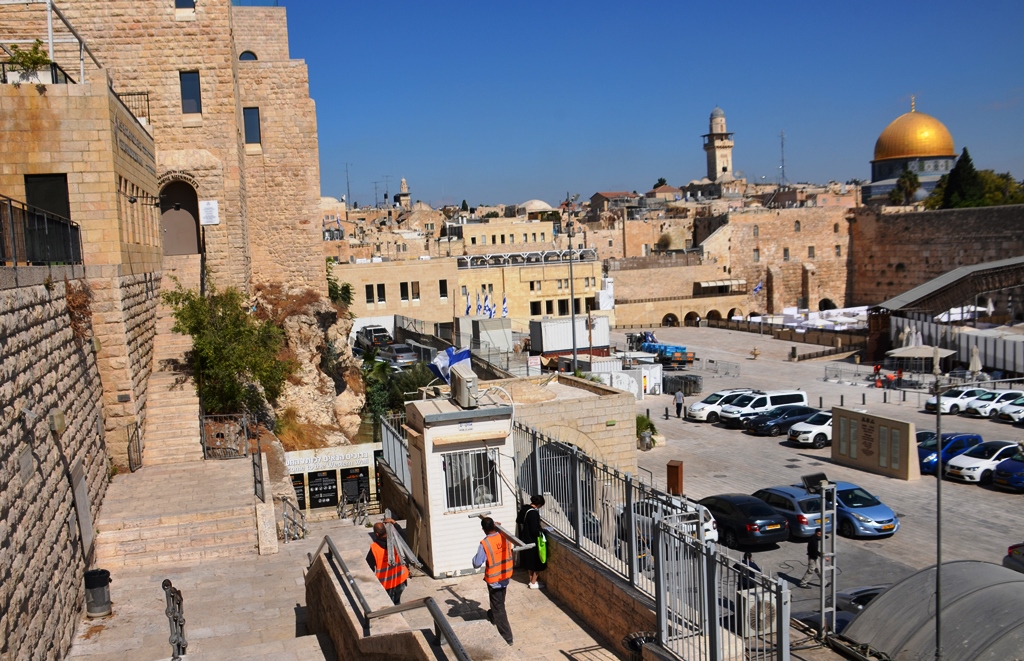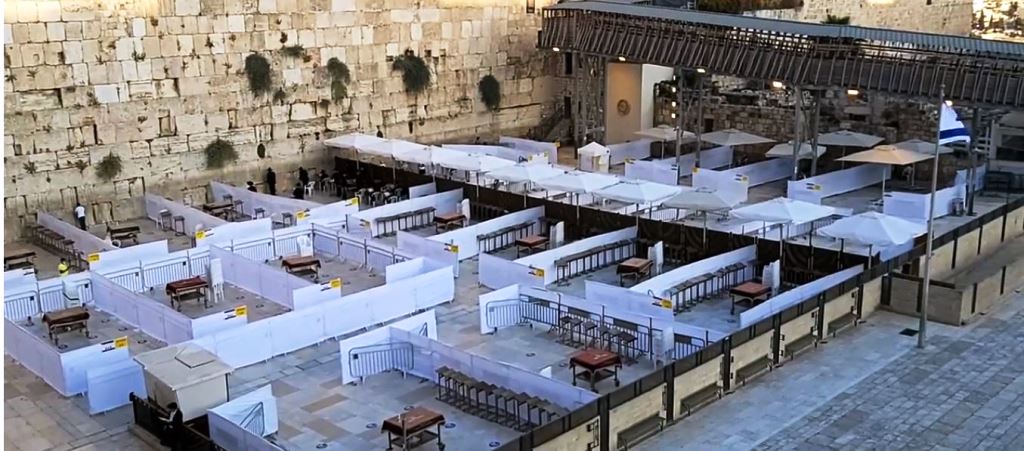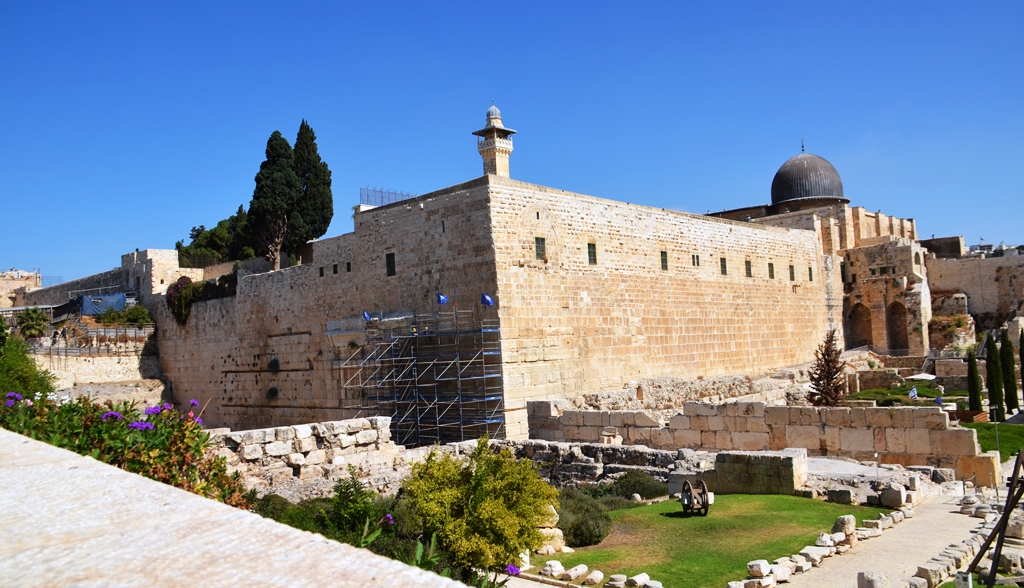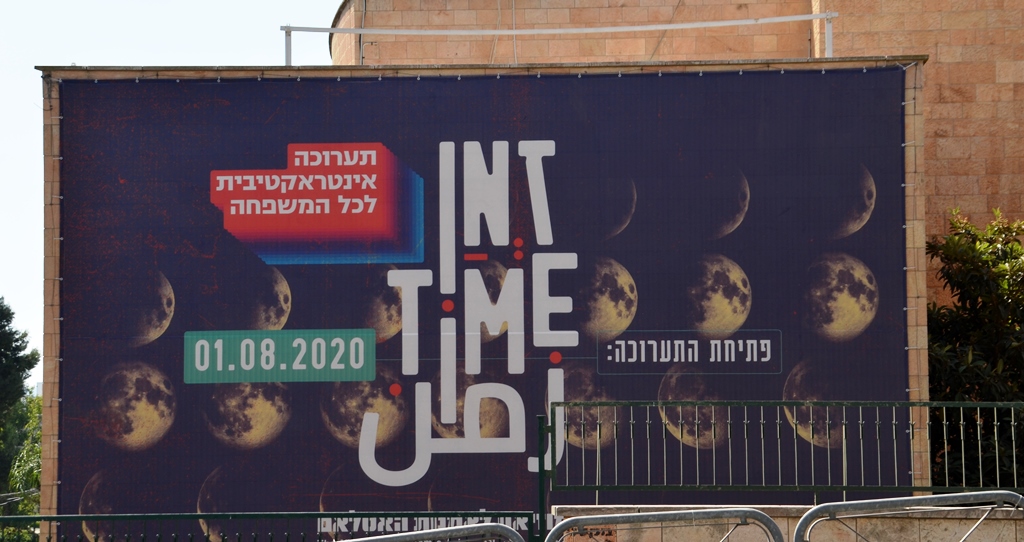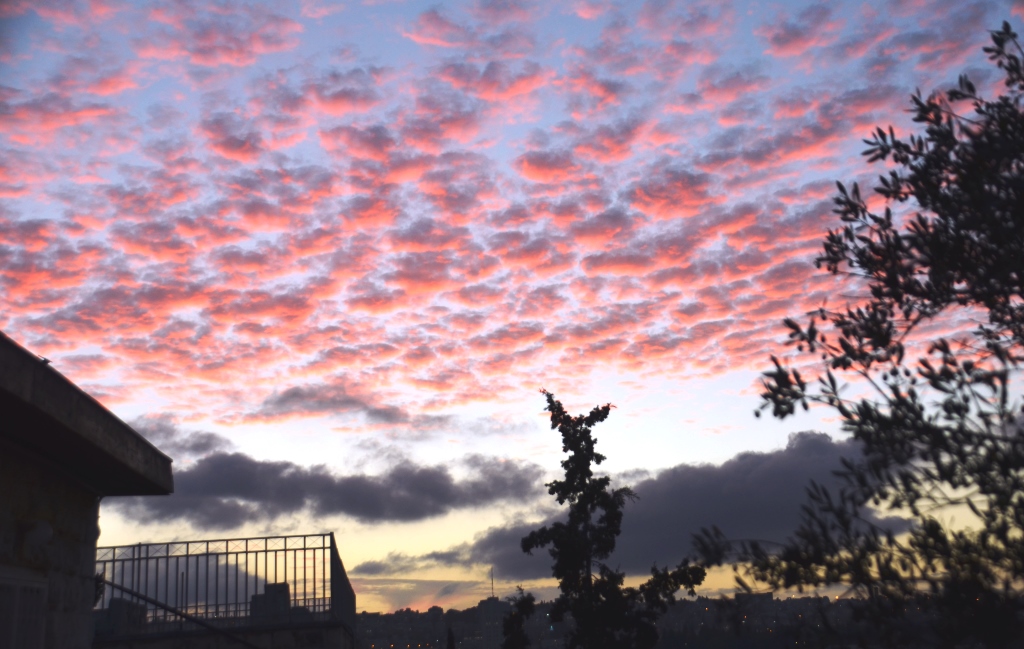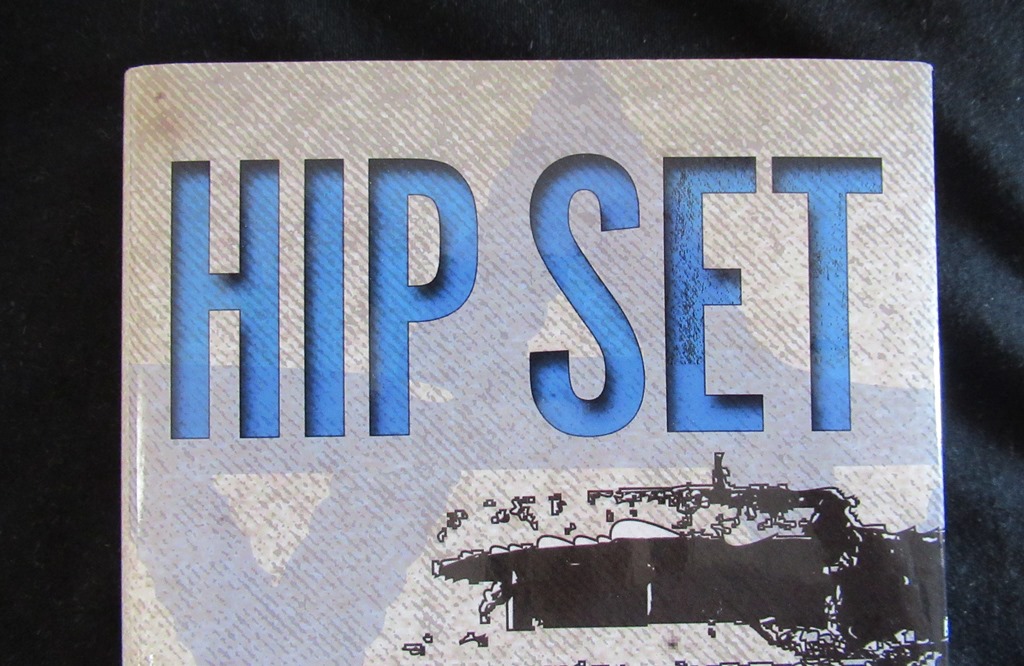October the holidays are over. It’s time for Jerusalem and the Jerusalem streets to get back to “normal.”
Sure.
Two weeks after the end of the holiday season and we changed the clocks, falling backward into standard corona time.
I hate changing the clocks any time.
It’s been a time when it’s hard to keep up with the news bulletins.
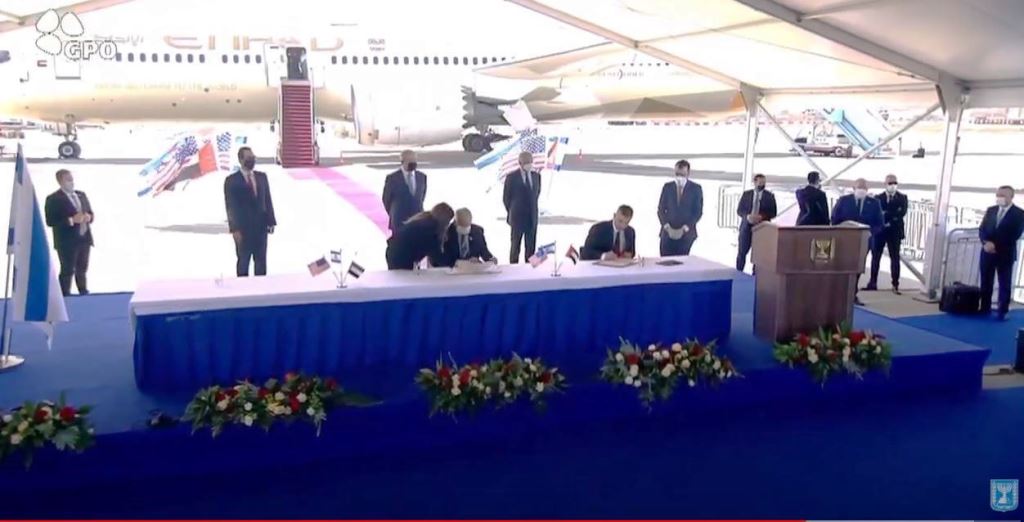
First the normalization agreements between Israel and UAE and Bahrain. The United Arab Emirates diplomats arrived in Israel to sign trade agreements. Israeli travel companies are busy working out how to proceed with daily flights as an option, even with COVID19.
Sudan has joined the Gulf states making positive connections with Israel. Did you know Golda Meir and Israel were the first to acknowledge Sudan’s independence? The opening of air space alone is a big deal. Other financial deals we will wait and see.
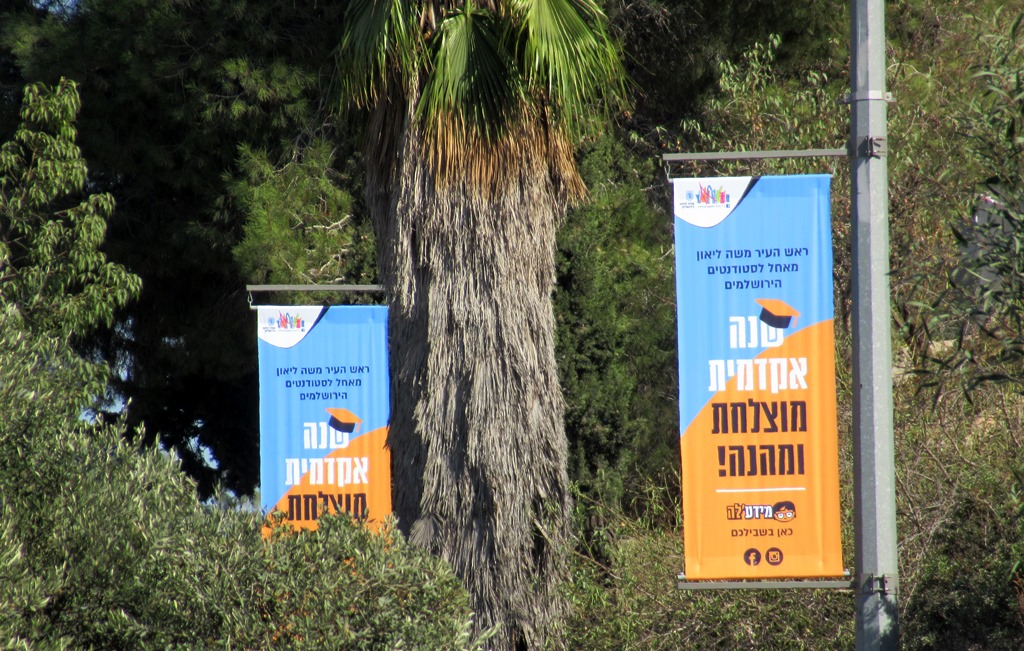
The old holiday signs were replaced new ones from Mayor Lion for a successful new academic year. However, Hebrew University was open for less than a week and closed today, due to a computer problem.
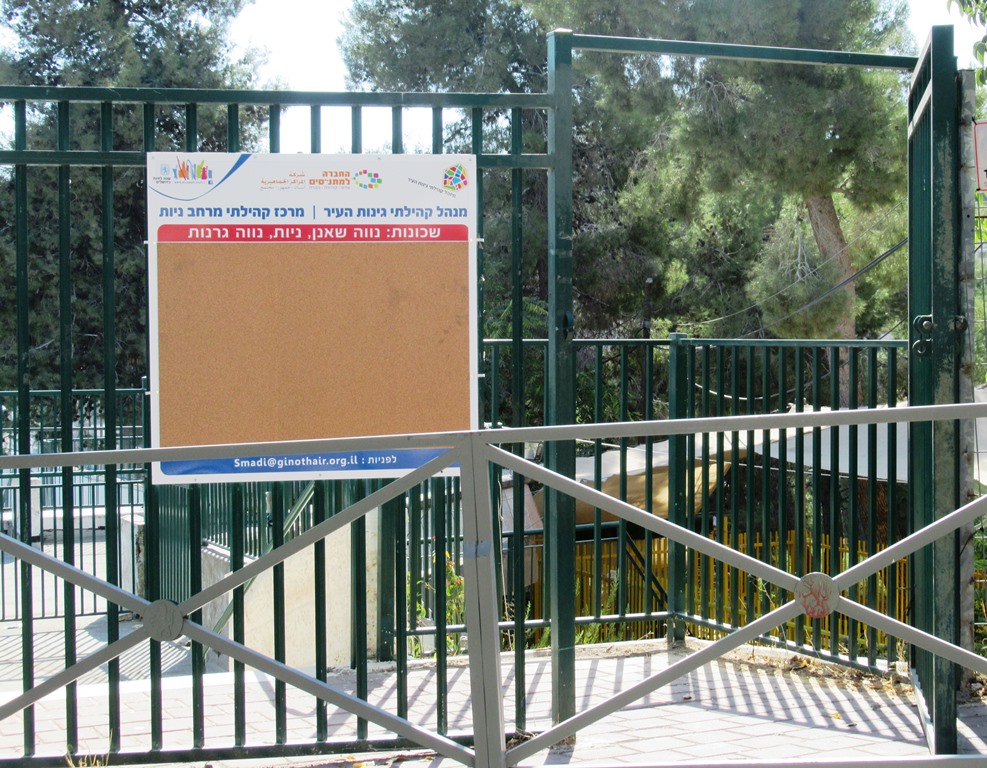
The nursery schools were allowed to open under the new COVID19 restrictions. But most students are still at home, zooming and waiting to get back to classrooms and their friends.
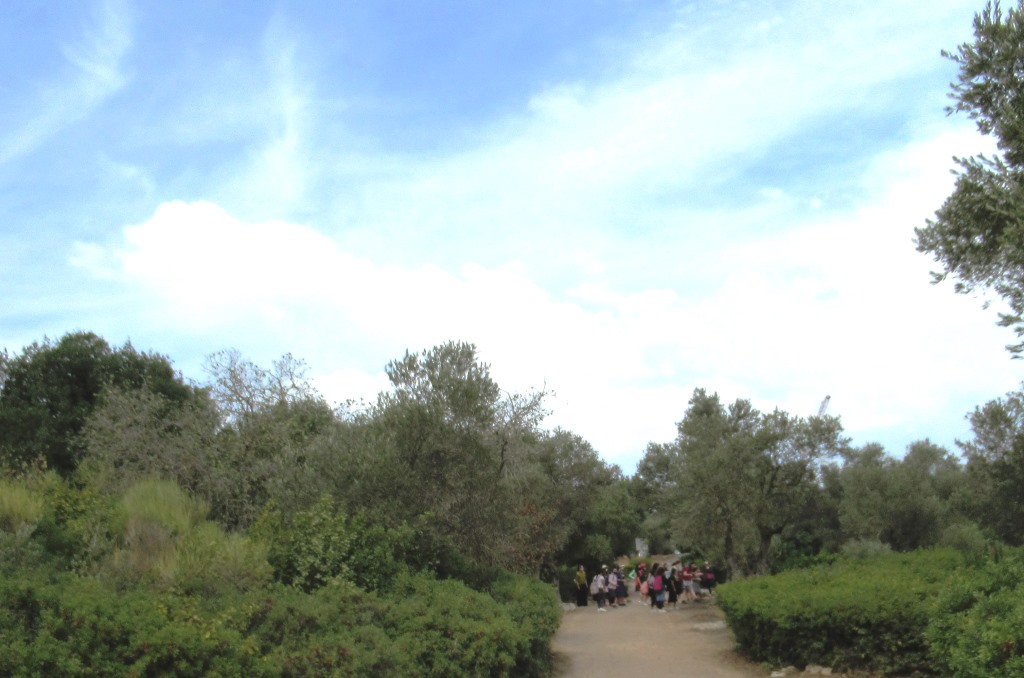
One group was meeting in an outdoor open area under today’s cloudy sky.
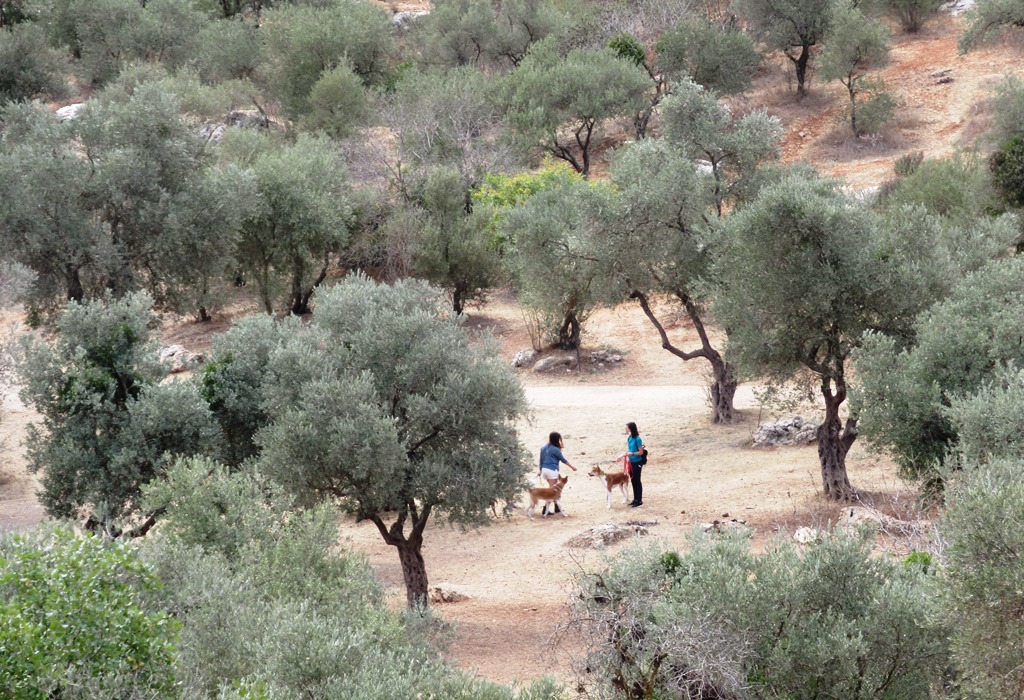
Dog school, however, seems to be going strong in spite of corona.
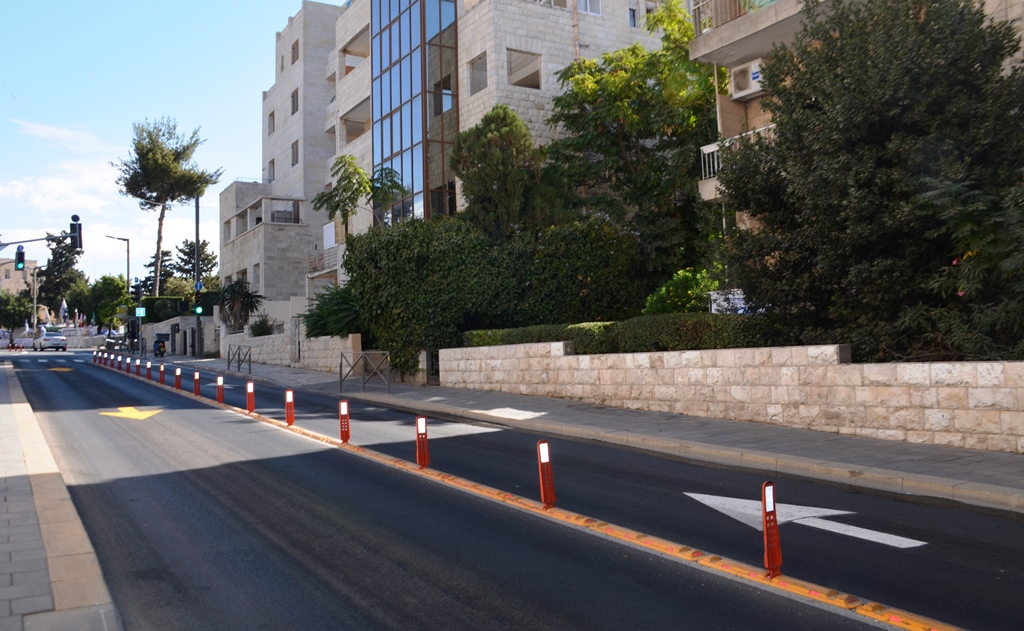
During this time many Jerusalem streets have gotten a new look.
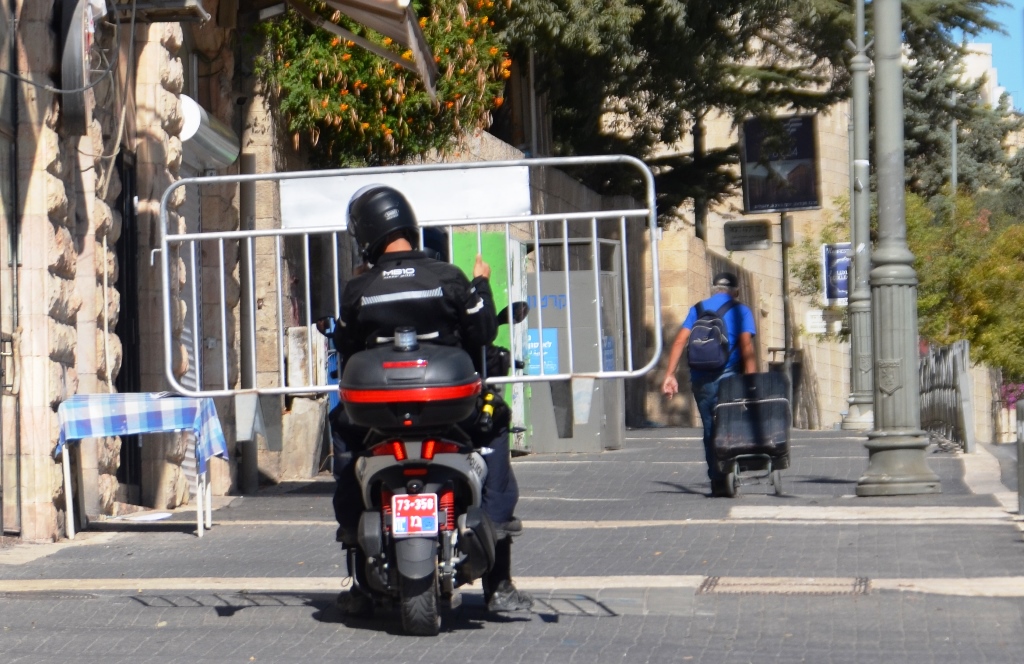
Some streets are unrecognizable with constantly changing barriers and infrastructure improvements.
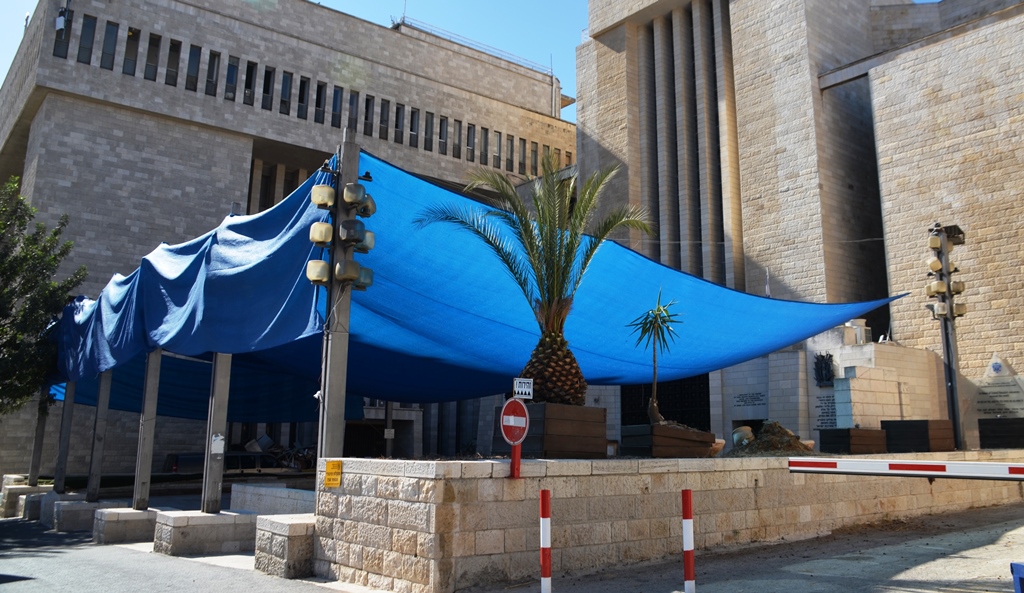
The Great Synagogue is still closed, but a covering provides shade for limited prayer outside in the plaza.
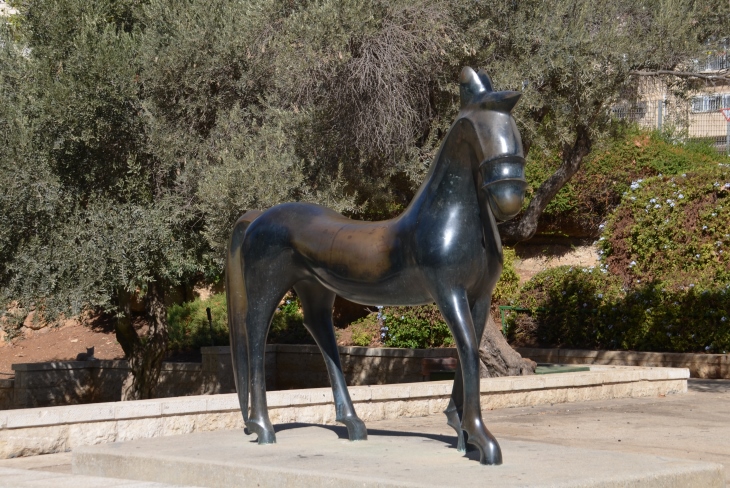
During the lockdown, I was finally able to get a photo of the horse in Gan HaSoos, the Horse Park. Usually there are people around or on it.
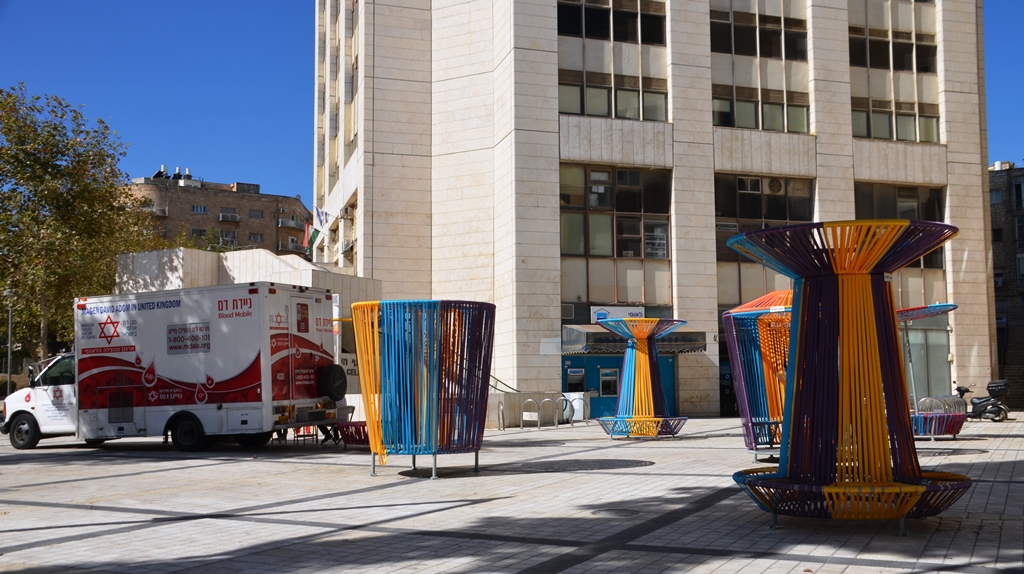
In town was a bloodmobile site and new art pieces, but the clothing stores were closed. The supermarket and WeWork were allowed to be open.
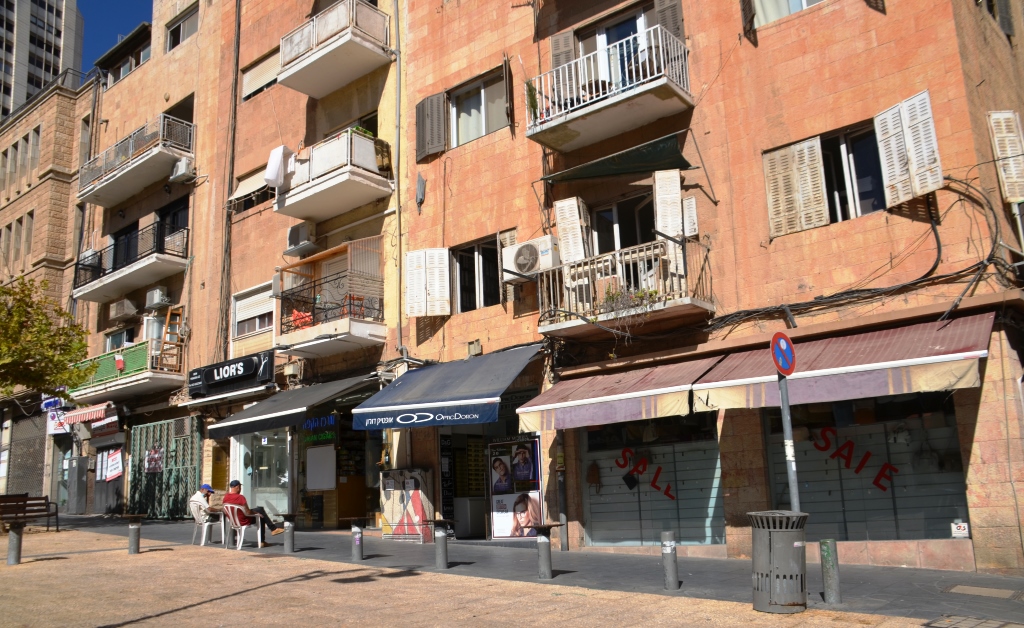
Ben Yehuda Street was basically deserted during the lockdown.
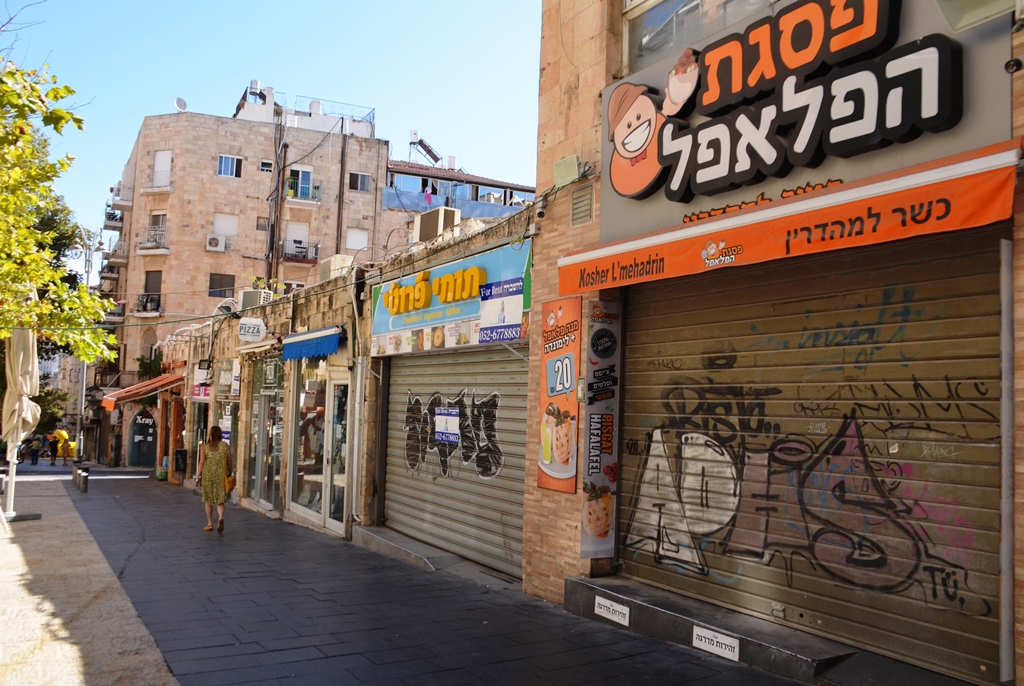
Stores shuttered with people allowed only 1 kilometer from home.
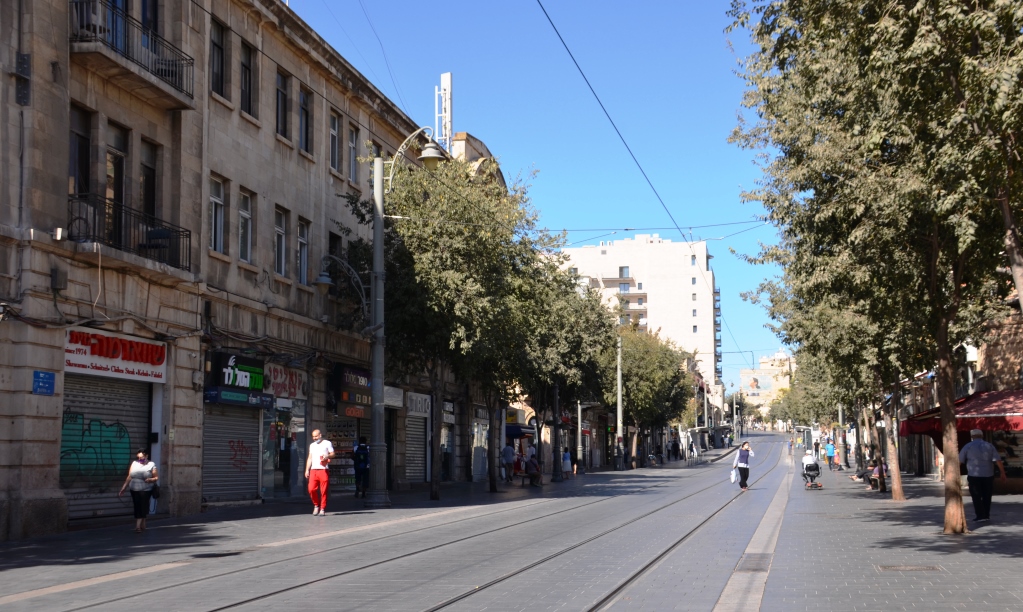
The Light Rail was running, but Jaffa Road appeared midday as quiet as early morning, instead of the busy shopping location it had become.
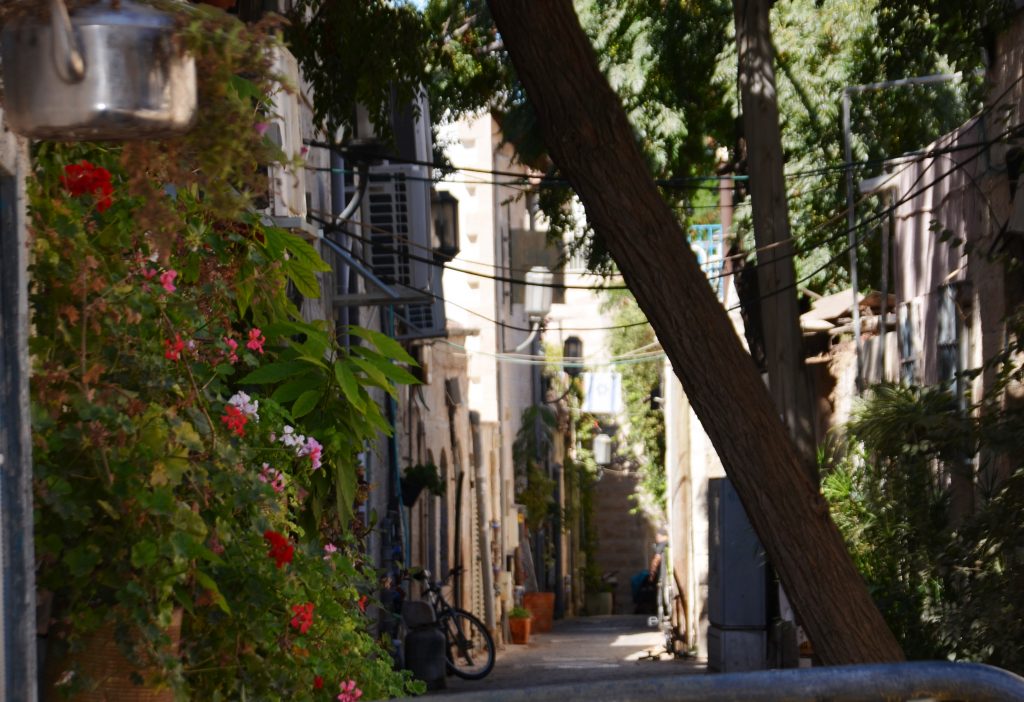
Too many of the Jerusalem streets and alleyways were too quiet.
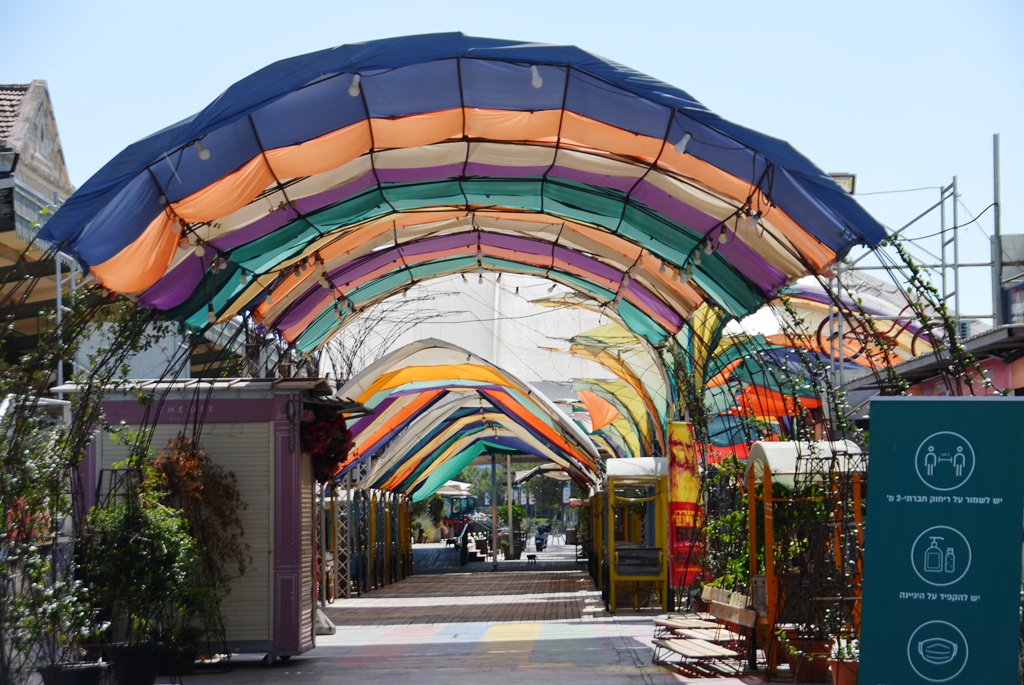
The First Station area has announced a development plan but needs the tourists to come back for businesses to reopen.
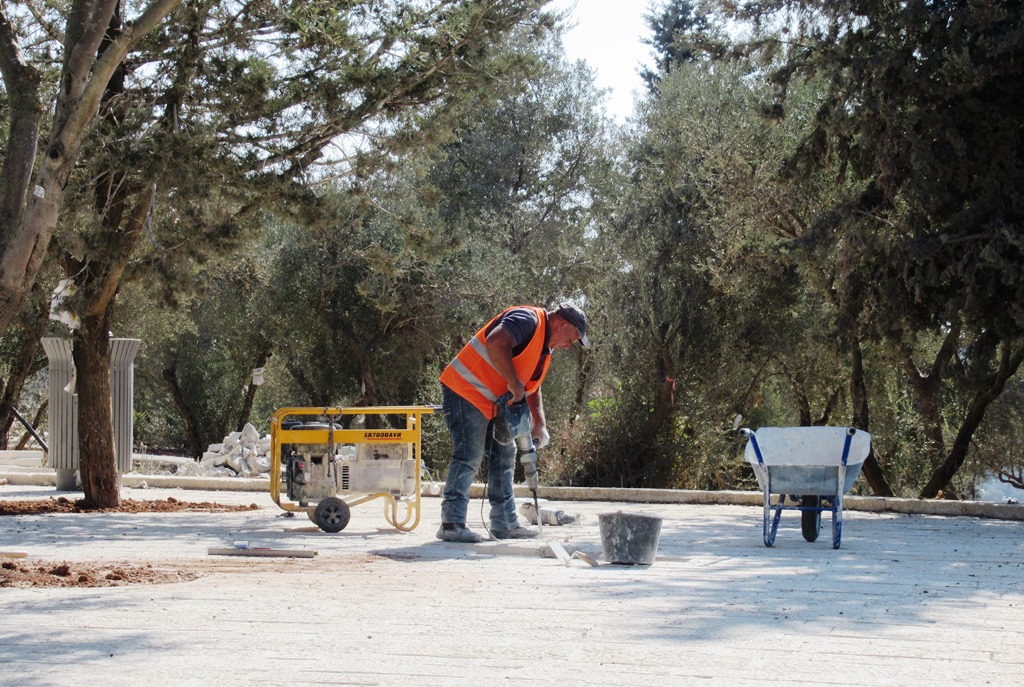
Construction has been ongoing.
But too often it seems to be workers redoing areas where work was just done?
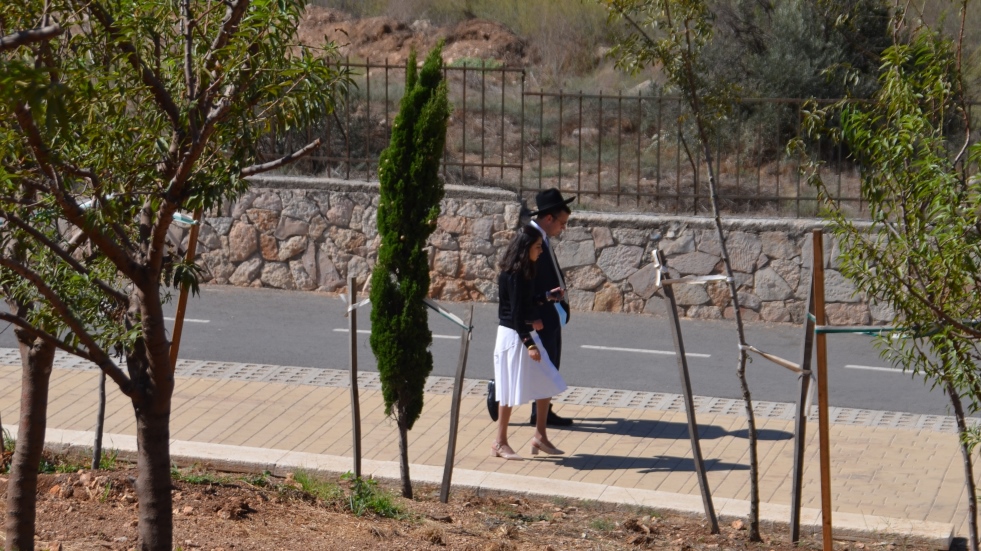
With all the challenges and noisy protests, closings and corona, suffering, and death, I am happy to share, young couples have found new ways to meet with theaters and museums, hotel lobbies, and cafes closed.
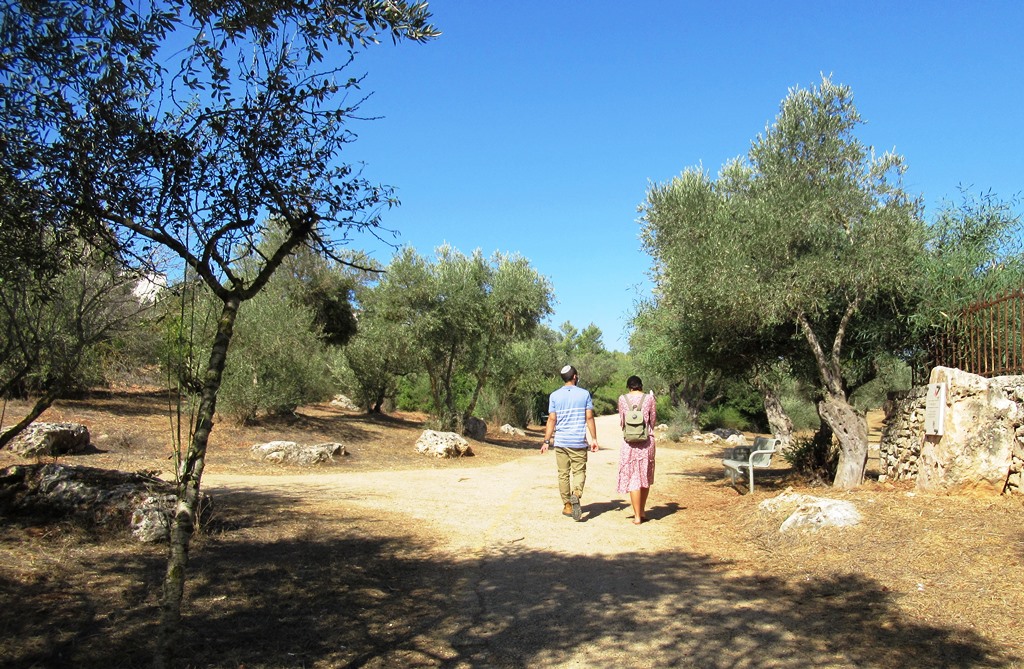
Walking and talking in nature is new norm, with or without a mask.
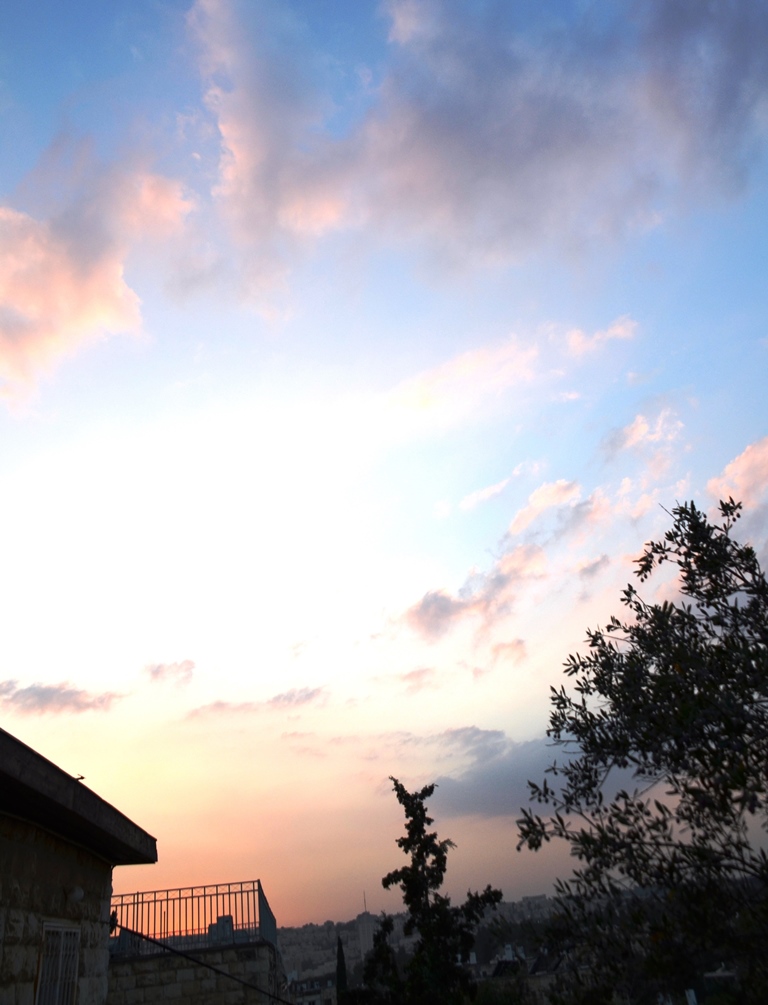
So the clocks have changed, the days are shorter, but the clouds make for colorful sunsets.
Today is Aliyah Day. In spite of a pandemic people have arrived home to Israel on a regular basis, and the number of applications is causing inpatient waiting times.
The real Jerusalem streets – good, bad and not so ugly.
Stay well and hope to see everyone here soon. At least flight times from most parts of the world should be shorter now with flights to Israel allowed over so many new Gulf countries.
Next year in Jerusalem! (or Dubai?)
